Joe Bradley
Kurgan Waves, Jan 27 – Mar 4, 2006
Past: 55 Chrystie St
Installation view, Kurgan Waves, Canada, New York, 2006
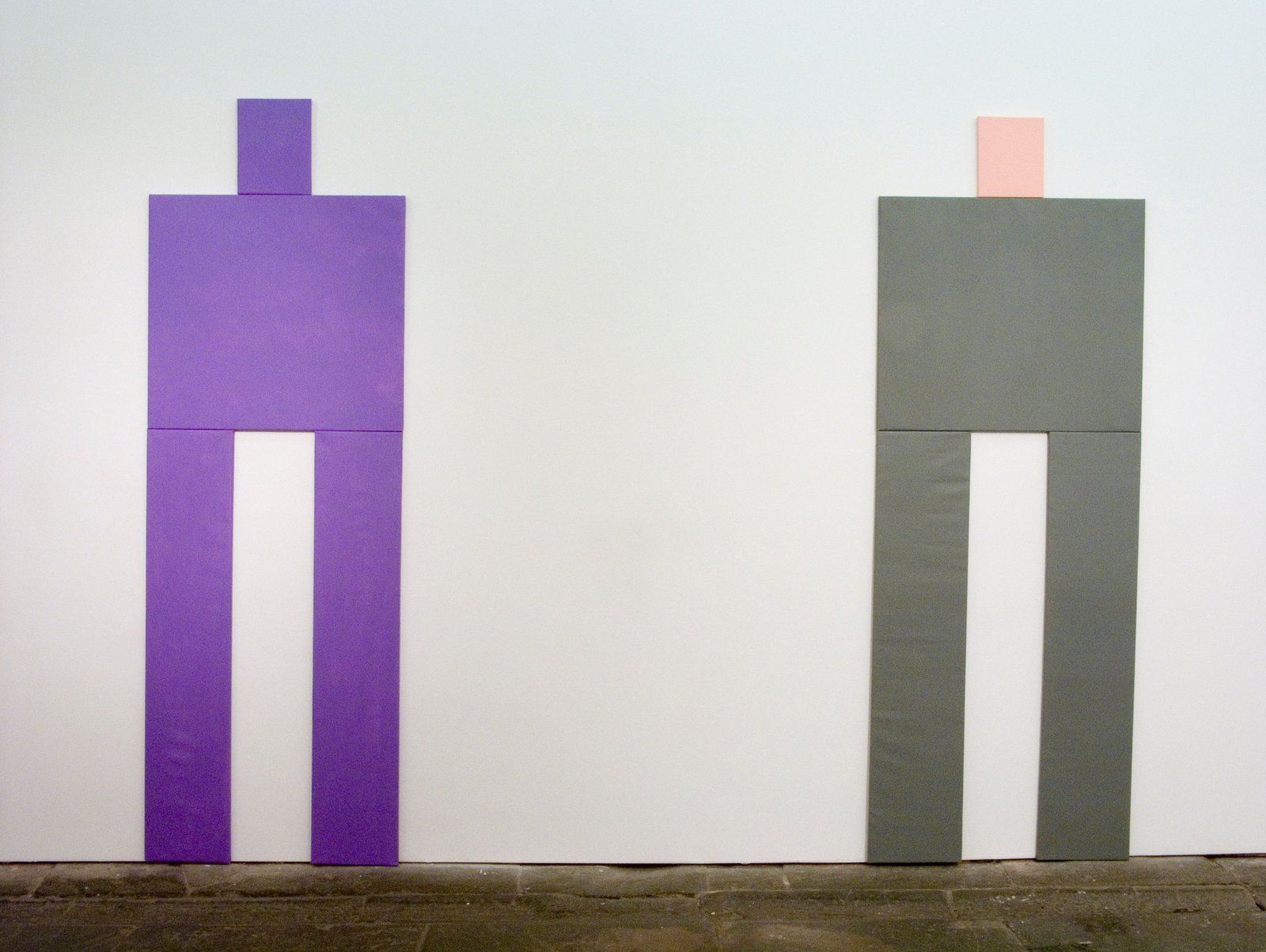
Installation view, Kurgan Waves, Canada, New York, 2006
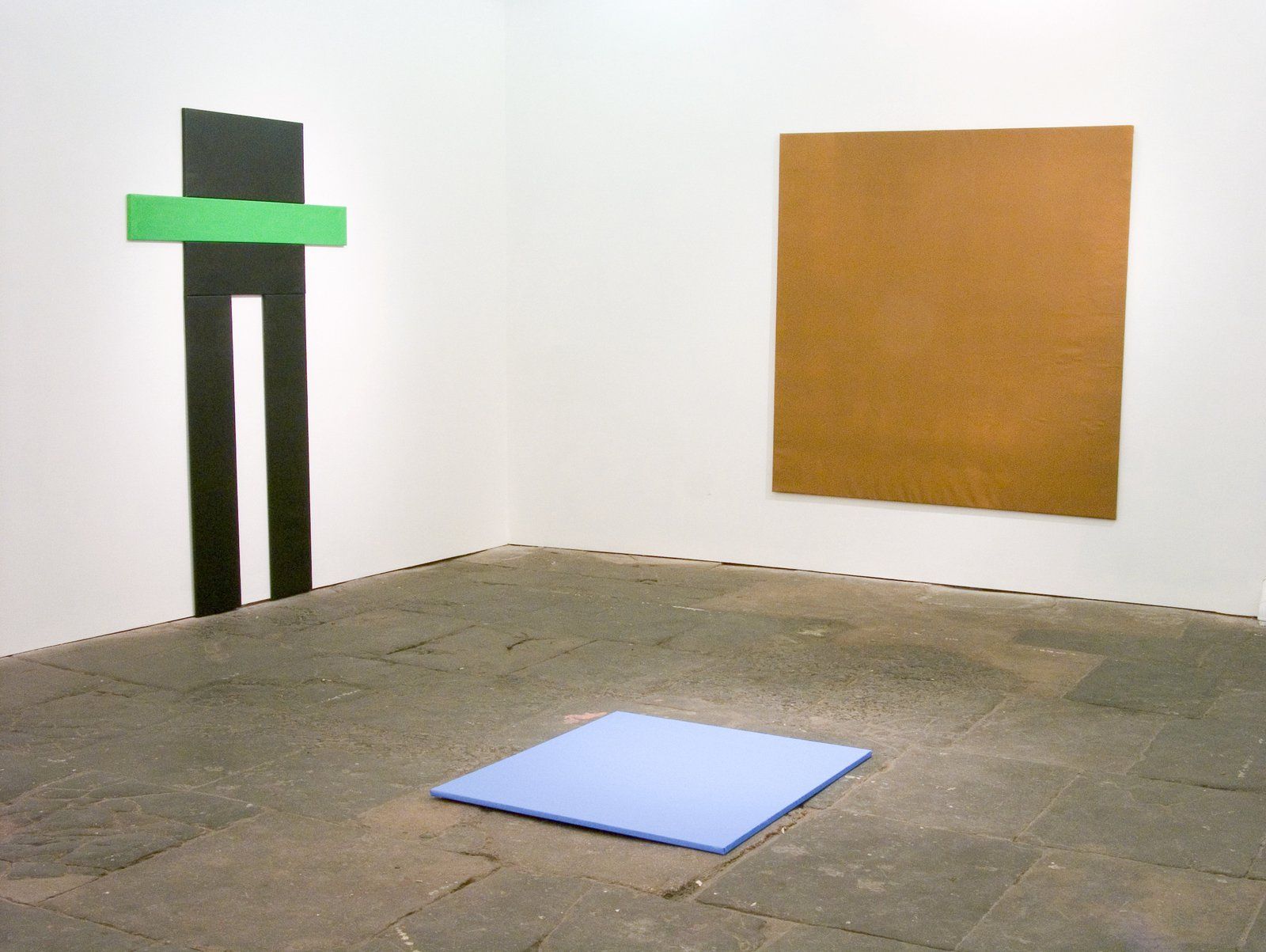
Installation view, Kurgan Waves, Canada, New York, 2006
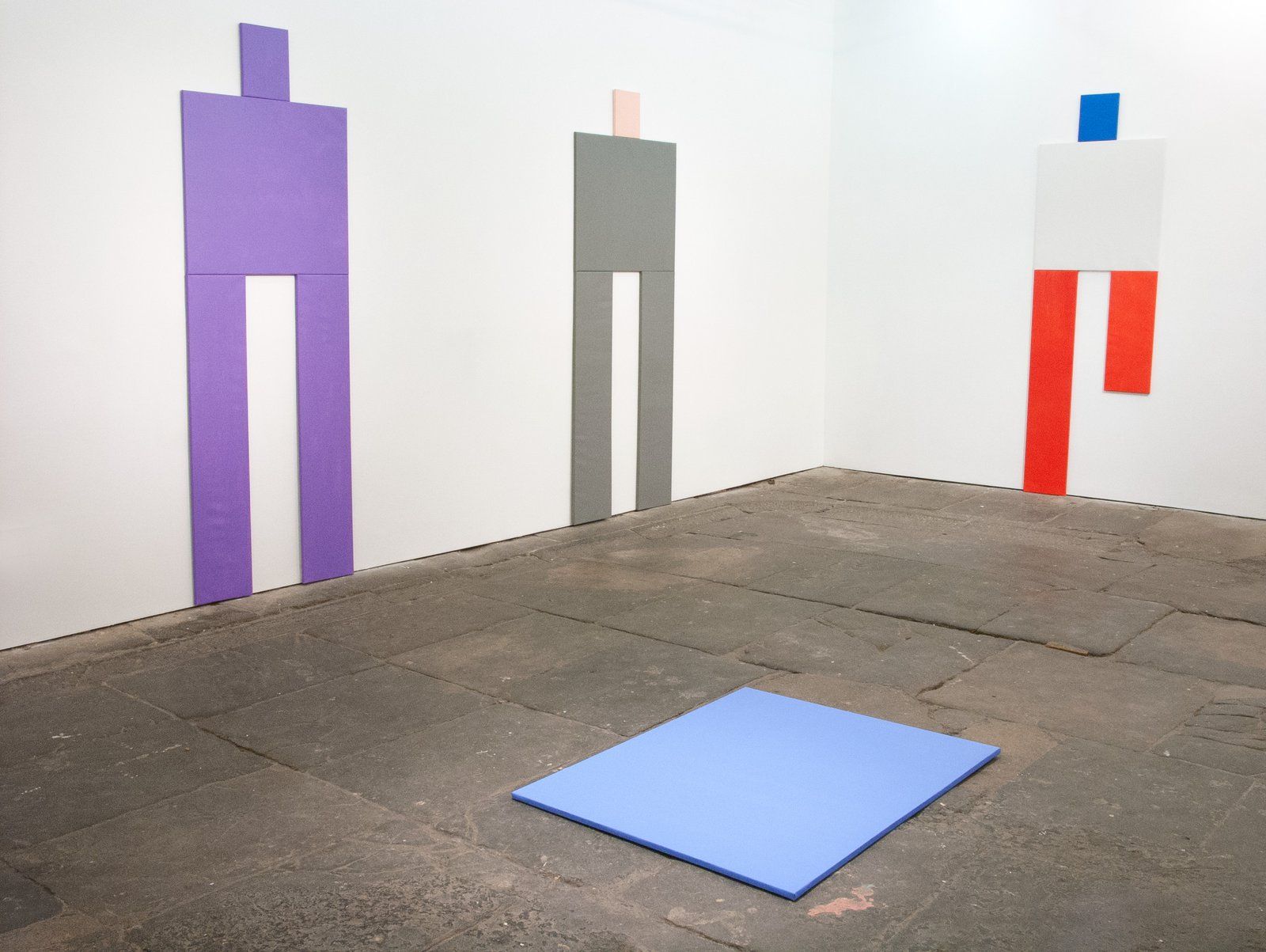
Installation view, Kurgan Waves, Canada, New York, 2006
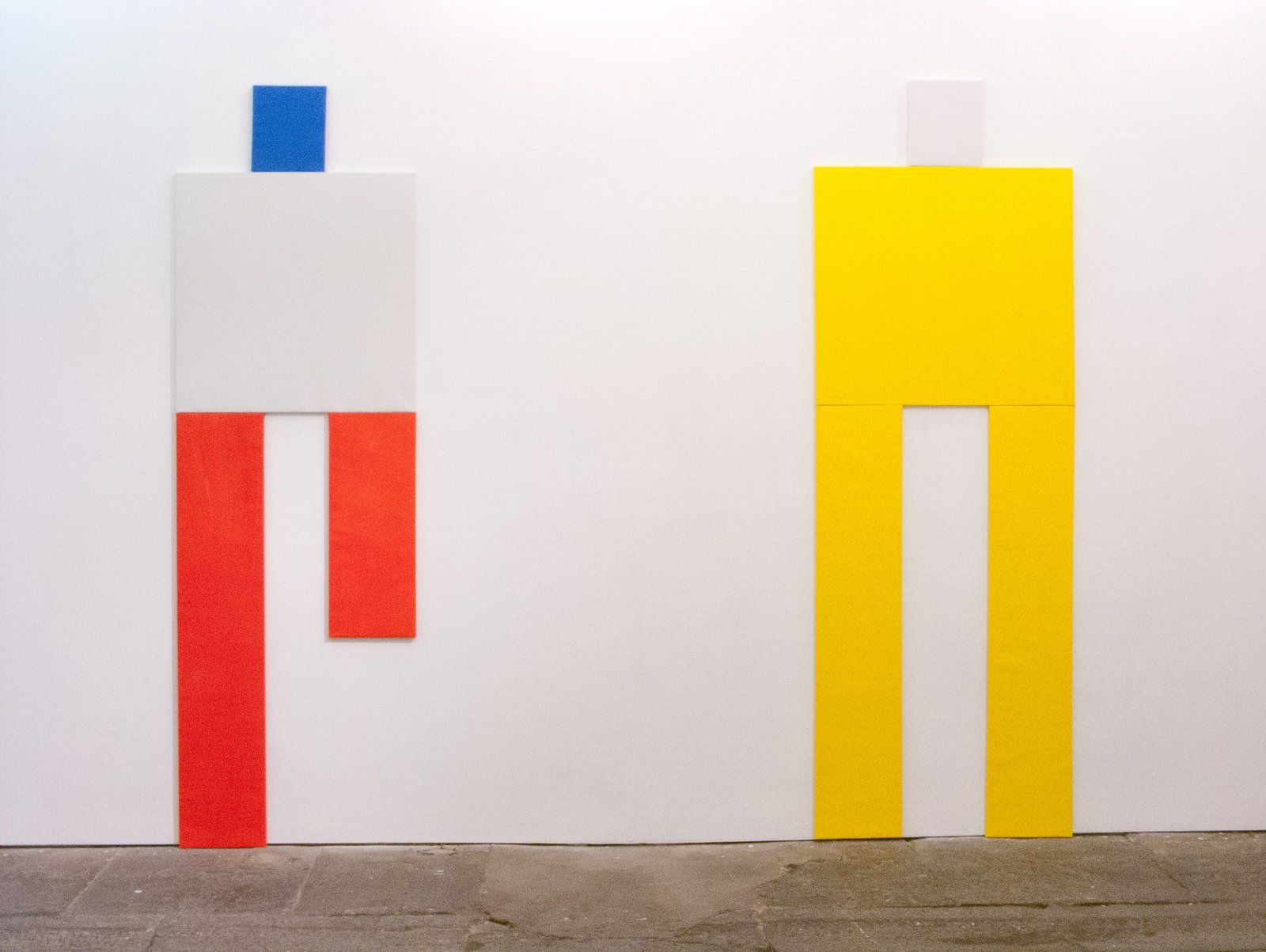
Installation view, Kurgan Waves, Canada, New York, 2006
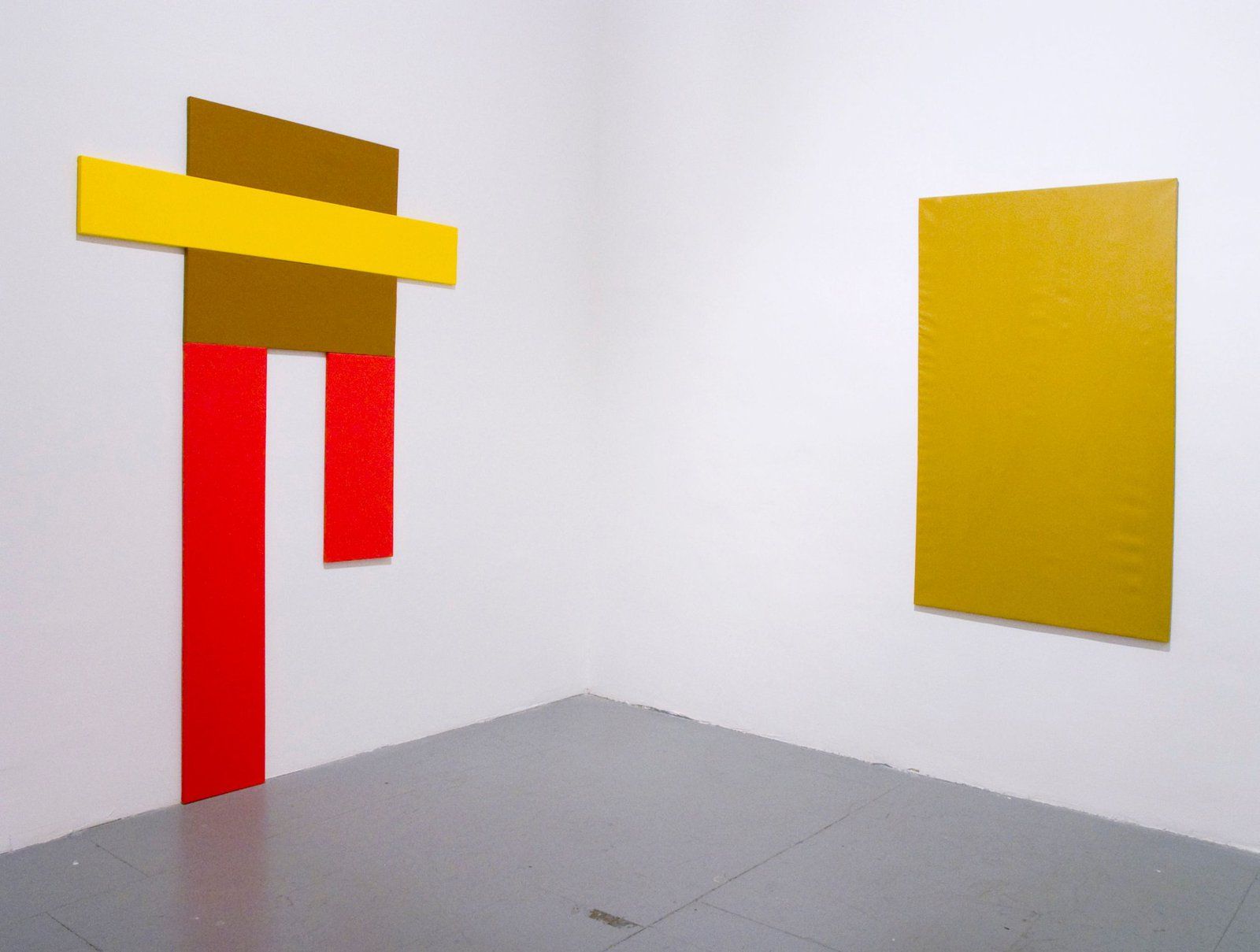
Installation view, Kurgan Waves, Canada, New York, 2006
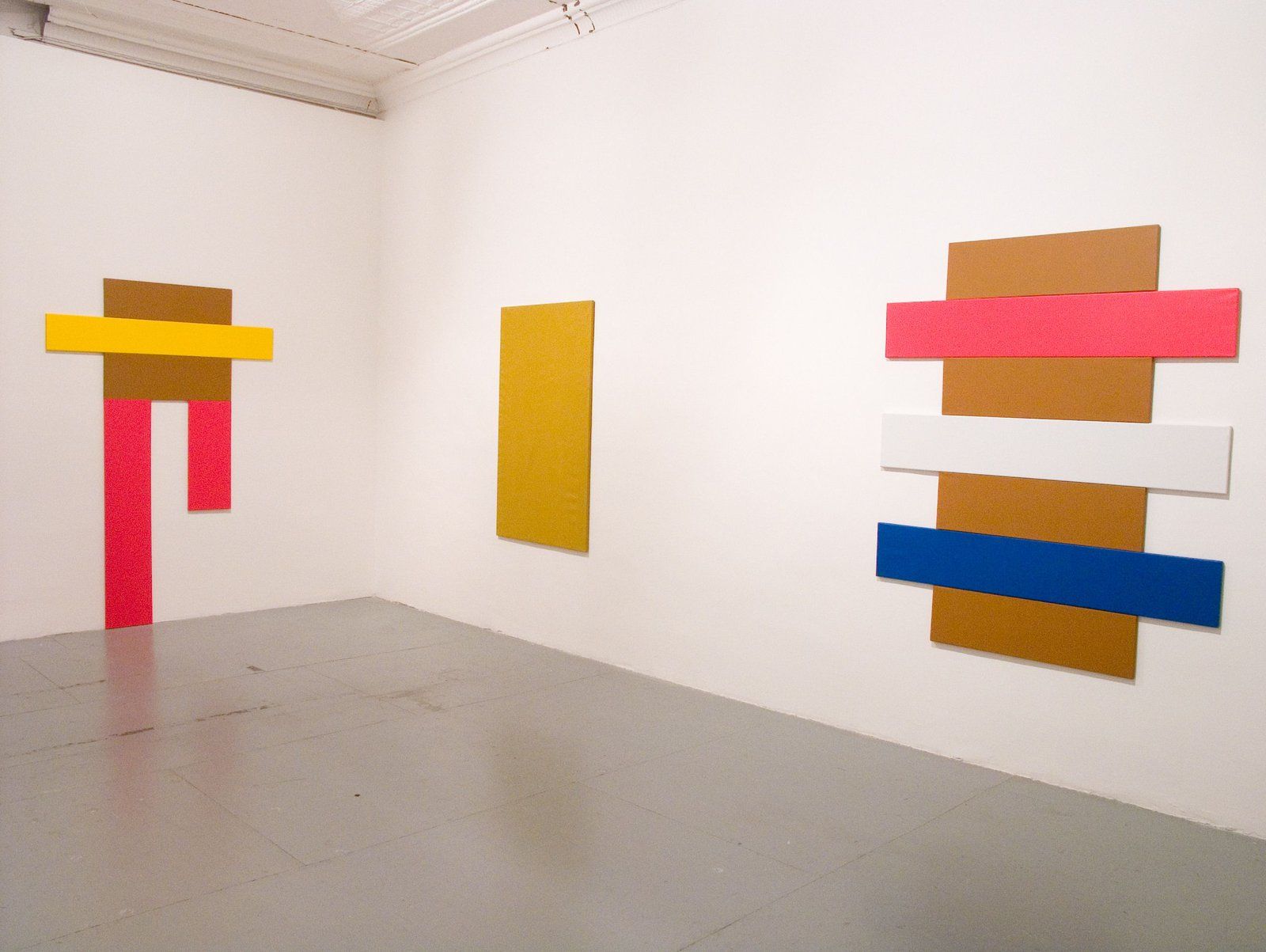
Artworks
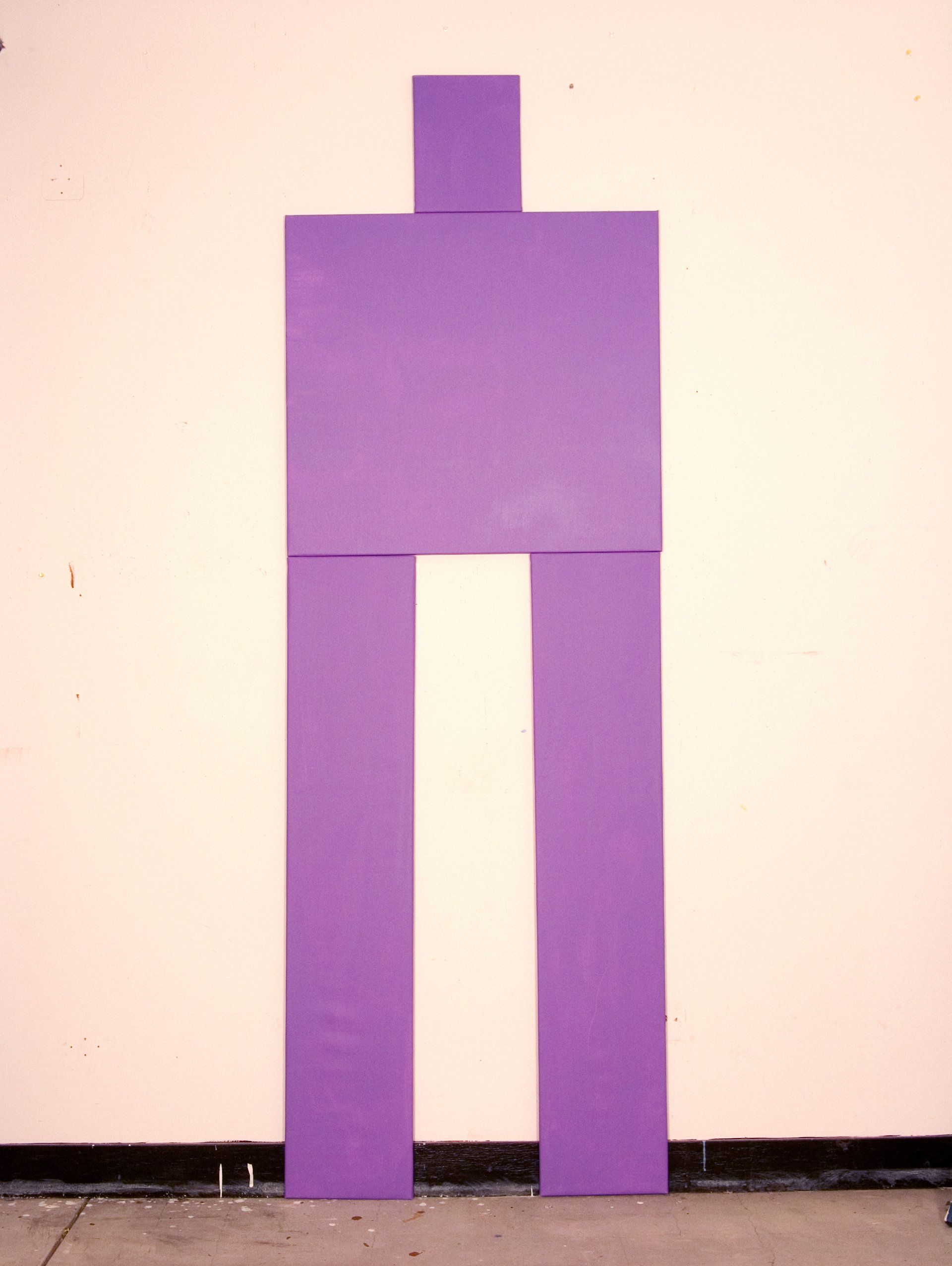
Joe Bradley,
Mystery Boga,
2005,
105 × 35 in (266.70 × 88.90 cm)
Acrylic on canvas
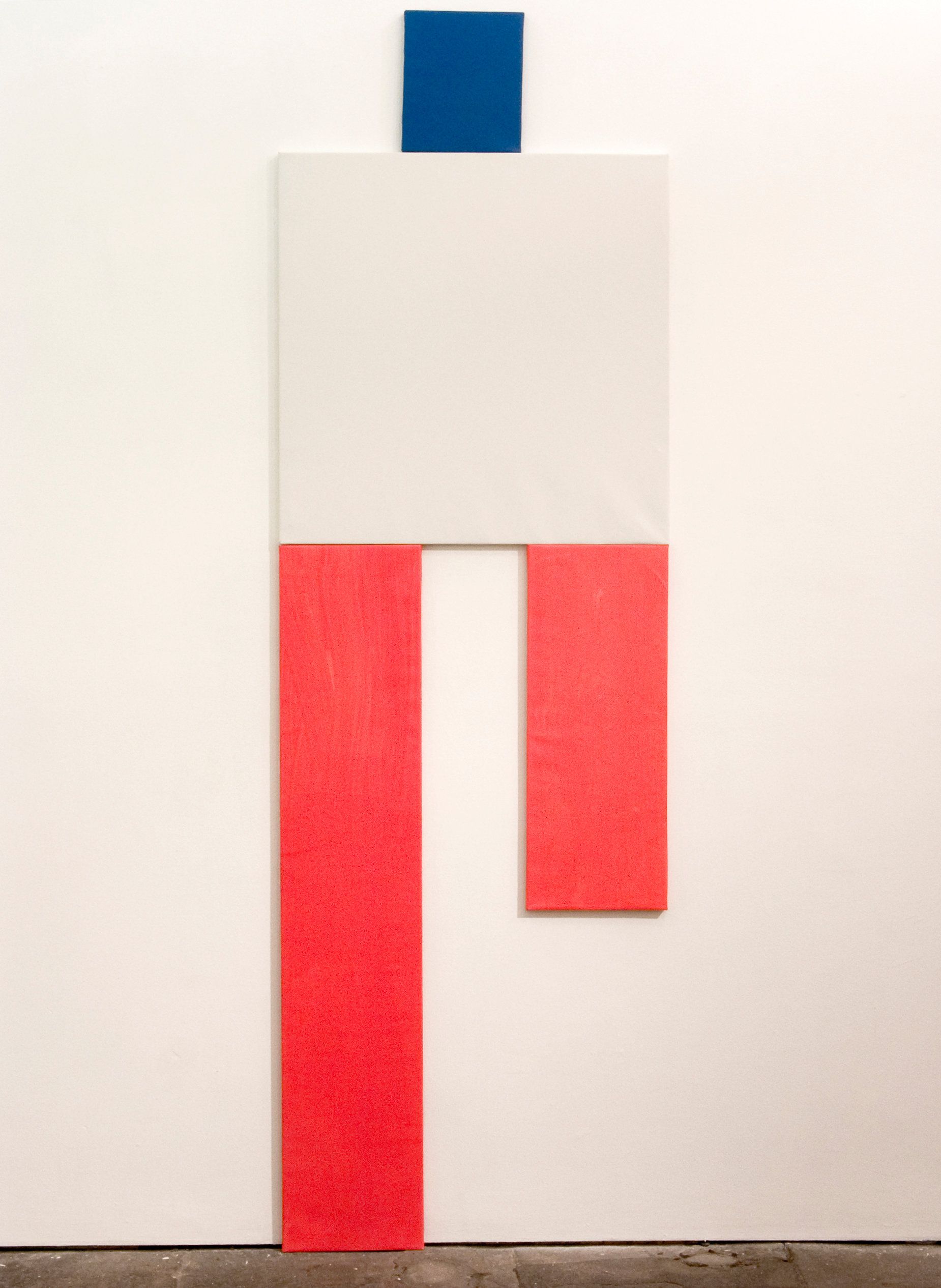
Joe Bradley,
Marathon,
2006,
106 × 33 in (269.24 × 83.82 cm)
Acrylic on Canvas
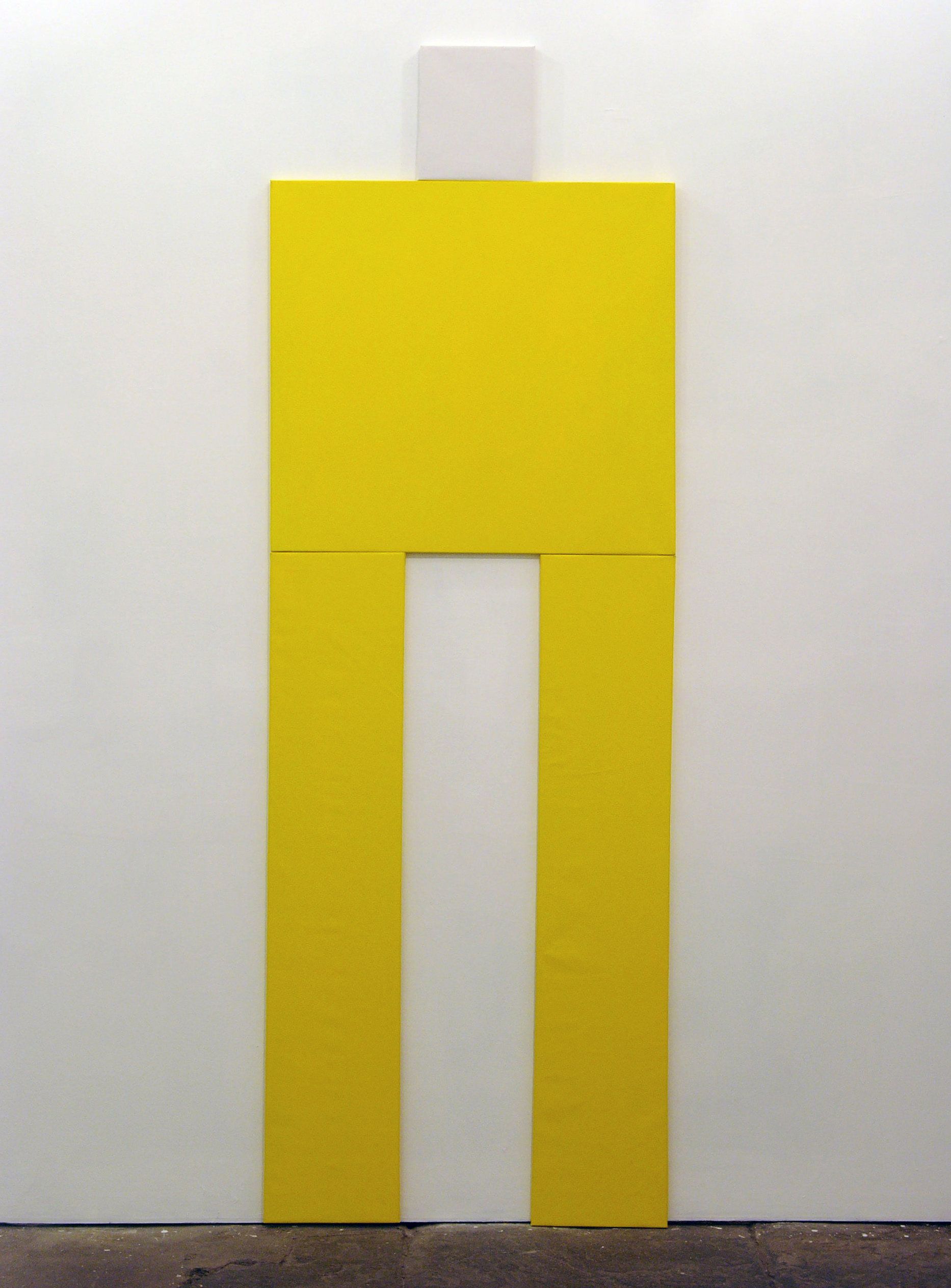
Joe Bradley,
Fisherman's Friend,
2006,
105 ½ × 36 in (267.97 × 91.44 cm)
Acrylic on canvas
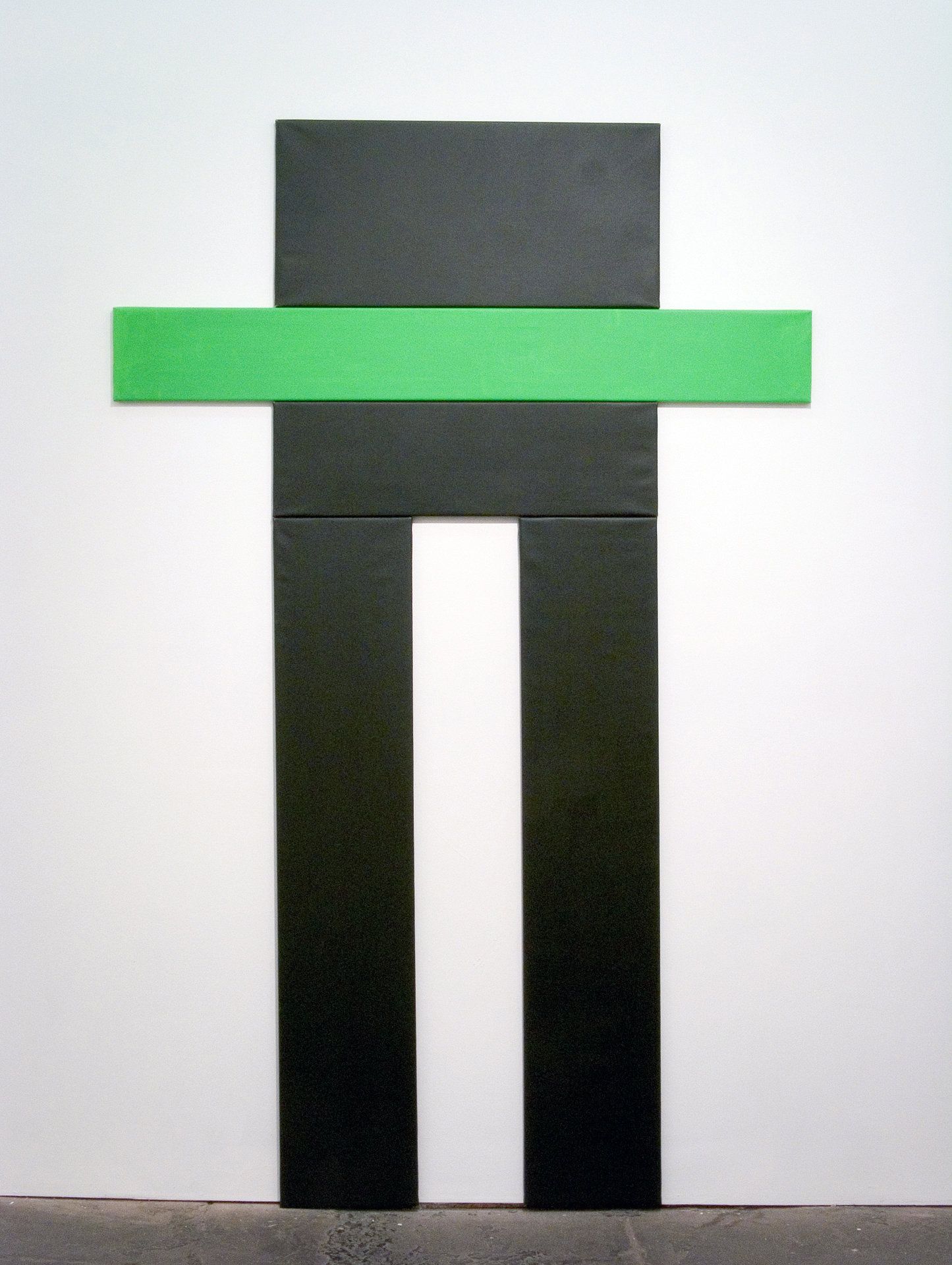
Joe Bradley,
Trans,
2005,
105 ½ × 36 in (267.97 × 91.44 cm)
Acrylic on canvas, in five parts
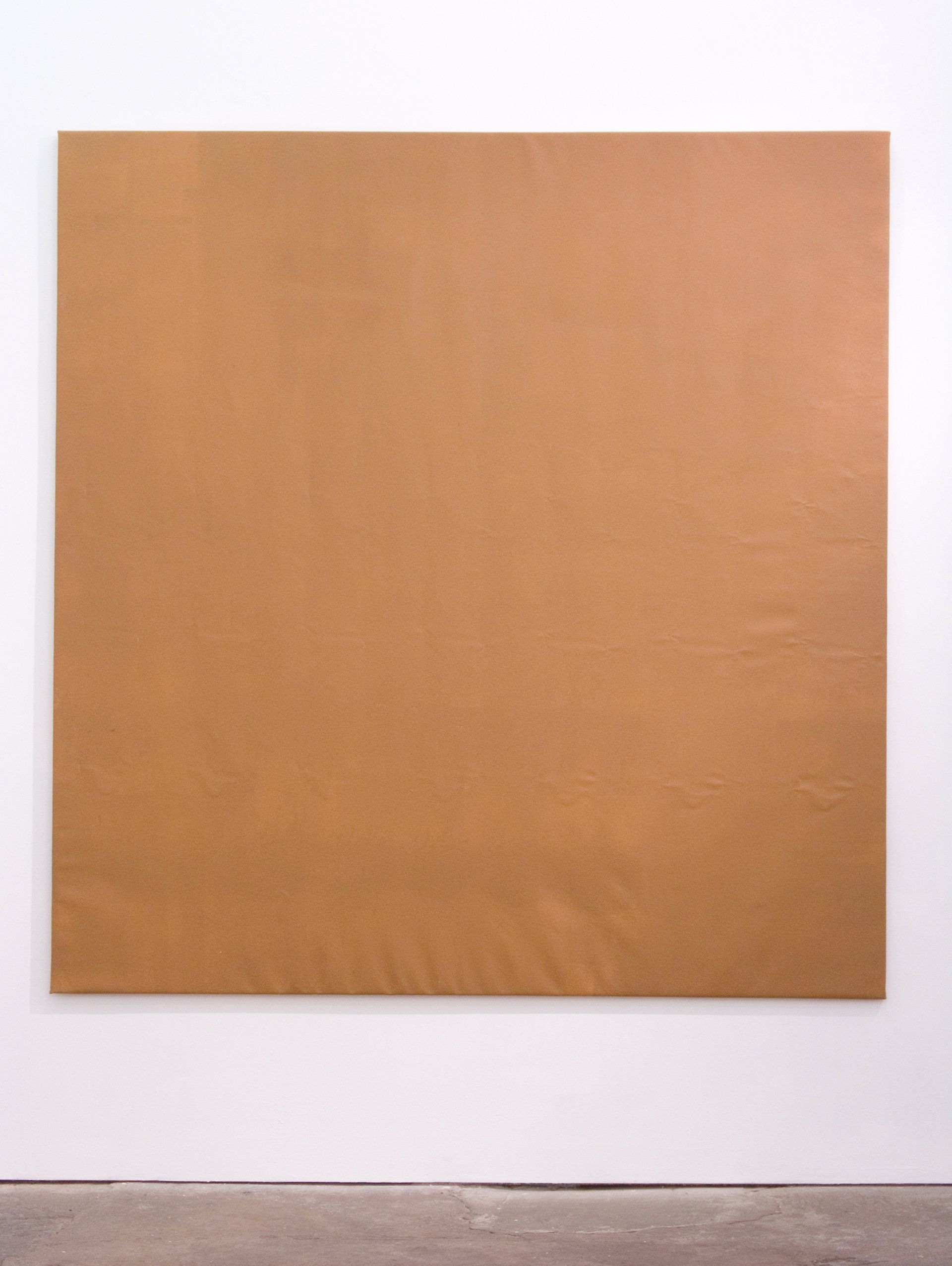
Joe Bradley,
Machine Hash,
2006,
78 × 75 in (198.12 × 190.50 cm)
Acrylic on canvas

Joe Bradley,
Standing Figure (Dripper),
2005,
105 ½ × 36 in (267.97 × 91.44 cm)
Acrylic on canvas
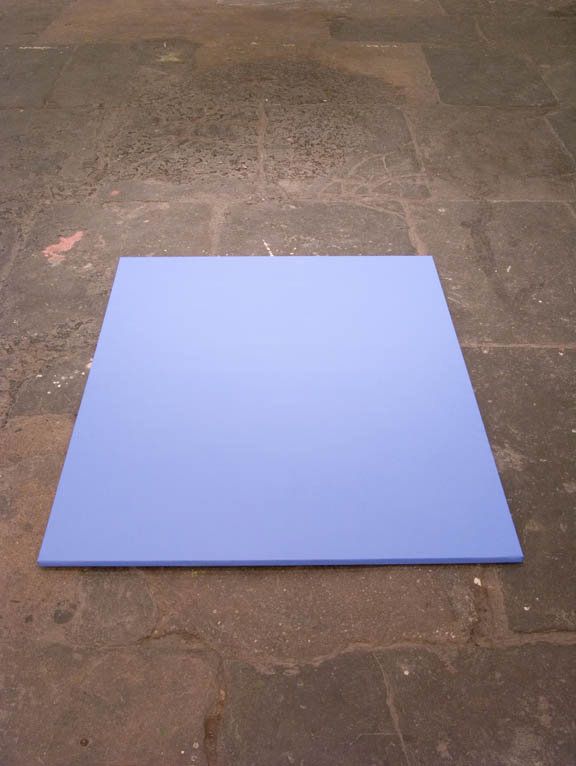
Joe Bradley,
Mirror,
2006,
40 × 48 in (101.60 × 121.92 cm)
Acrylic on canvas
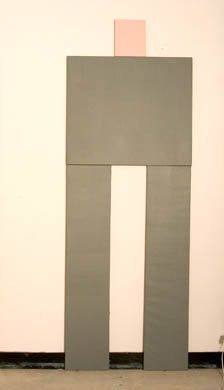
Joe Bradley,
Roman,
2006,
103 × 37 in (261.62 × 93.98 cm)
Acrylic on canvas
Press Release
I went to Joe Bradley’s studio a couple weeks ago where I saw some paintings, many of which will be in this exhibition at CANADA, and they have me pretty excited. One thing that excites me is that I don’t quite understand what they are; they’re slippery in the best ways. The paintings are comprised of several monochromatic canvases arranged to form abstracted rectilinear human bodies and torsos. Their construction feels shoddy, the individual canvases are stretched on thin prefab stretchers, and the paint application has a somewhat clunky, comic aspect. Almost immediately one realizes these things are deceptively simple, that they’re very subtly painted, colored, and constructed, and they’re extremely, if oddly, beautiful. They’re funny and charmingly lame while they radiate both seriousness and rigor.
The minimalists, certainly Ellsworth Kelly, Joel Shapiro, and Richard Tuttle will come to mind when looking at these paintings, as they should, but those artists’ concerns are not really Joe’s. Nor do I feel that Joe’s paintings are send-ups of minimalism or critiques of modernism--to me they feel like a modest homage to those artists and ideas. And while a relationship to “abject” painting also occurs to me, Joe’s things are too giddy to be anything but an “optimistic abject” (if such a thing is possible).
The paintings seem to play with multiple definitions of “icon.” They look like feeble imitations of iconic, minimalist art; and as such, they’re also iconoclastic. They look a little cartoonish, like extremely low-res game icons ridiculously enlarged. Because of their easy legibility, the eye reads these big blocky figures immediately, and so they moved easily from my iconic memory into my long-term memory. (And, in their childlike blockiness, they remind me that iconic memory develops in early childhood.)
These beautiful abstractions are also big blocky guys (at least they seem male gendered to me), and one of the most interesting aspects of these things is their presence. I’ve always felt that good abstract paintings have presences, that they become something like entities, and Joe’s paintings literalize this idea. Joe’s guys feel oddly vulnerable, comic, and sad. I think this psychological dimension expands the paintings’ theater into the realm where the artist can play with a tightly controlled, albeit revealing, form of expressionism.
Ever since I’ve known Joe’s painting in the late nineties (he’s a former student), he’s been fiddling with the delicate balances between a number of polarities: between kitsch and the sublime, irony and sincerity, and between his anarchistic impulse and his well-honed aesthetic skills. It’s interesting that through mining minimalism (which hasn’t exactly been a touchstone for his generation) and employing a kind of figuration, he’s found his way out of those binary investigations into something larger. All of the aspects of the previous works’ dichotomies are embedded in this new stuff, and something yet to be quantified is arising. So, like I said, I’m excited.
Dike Blair
1/9/06